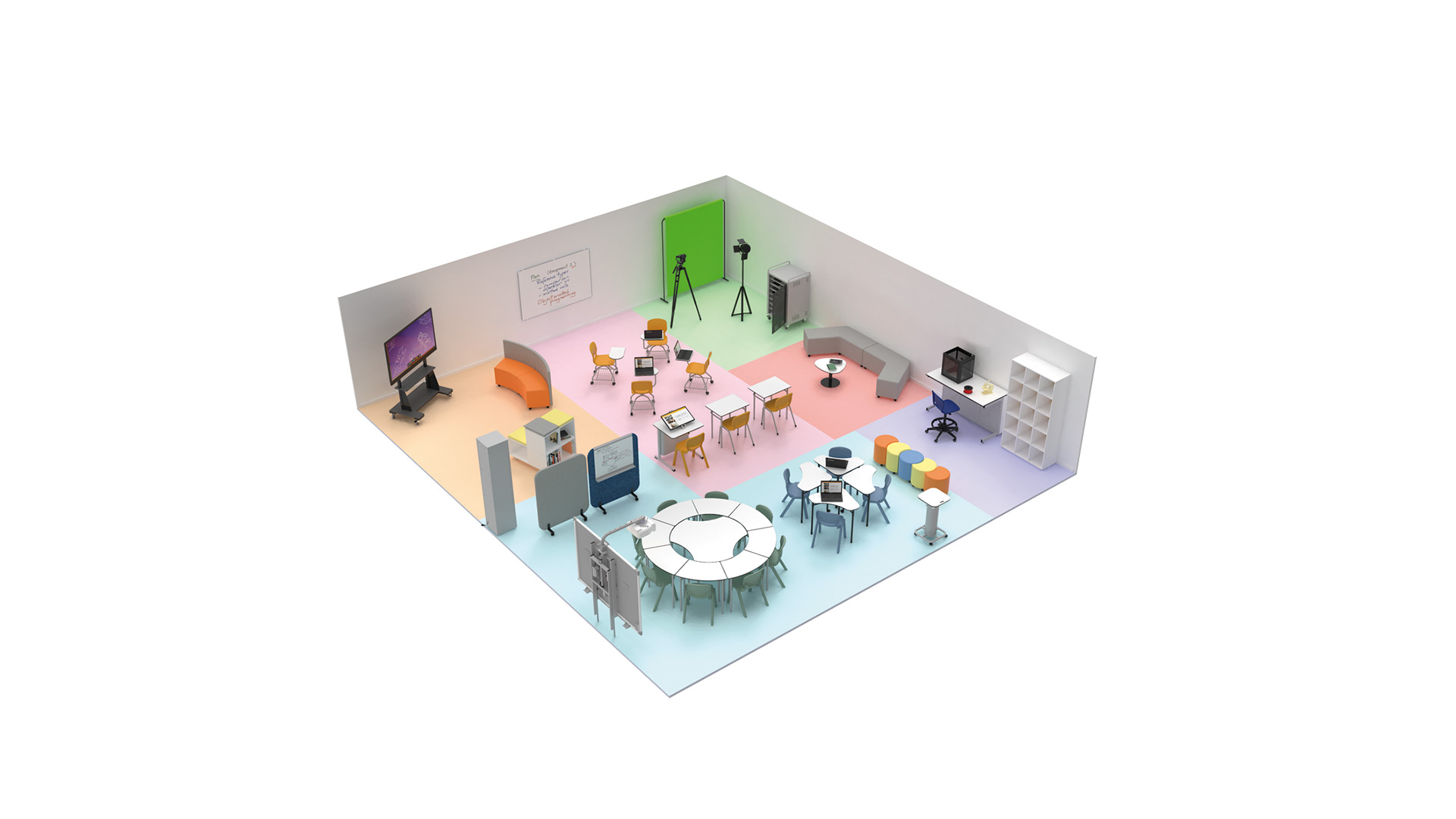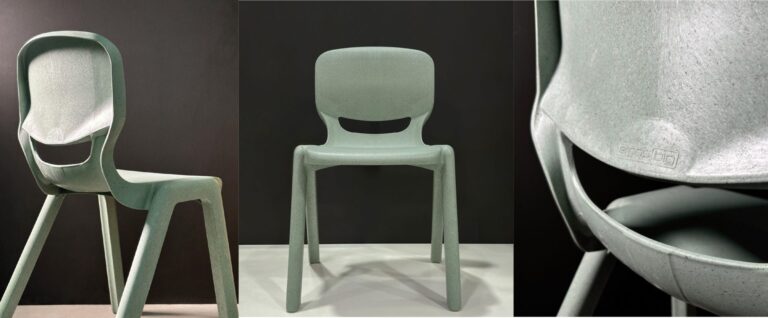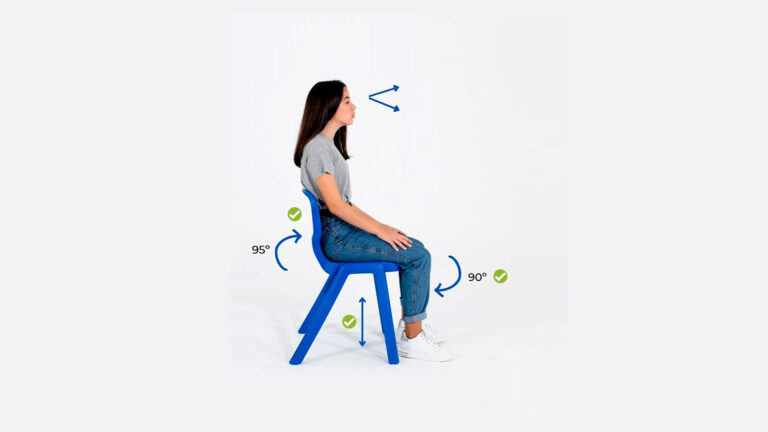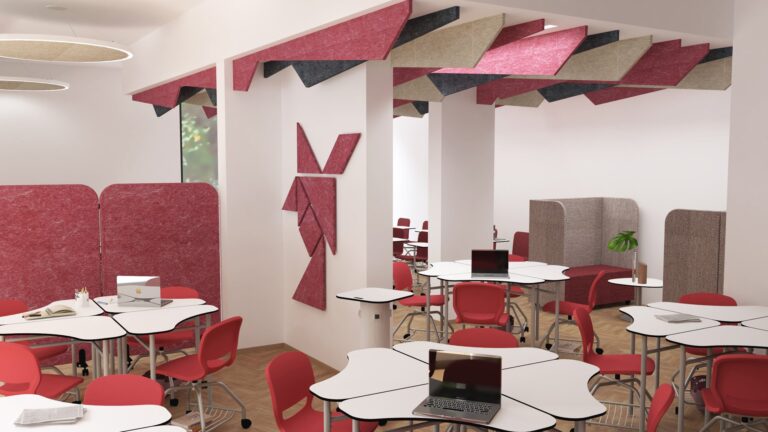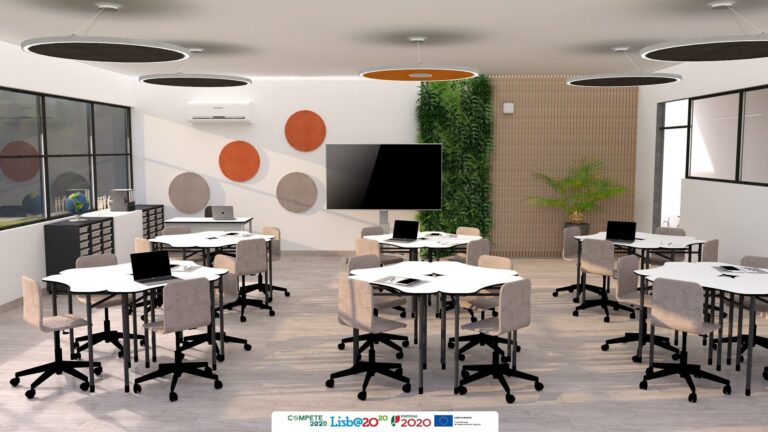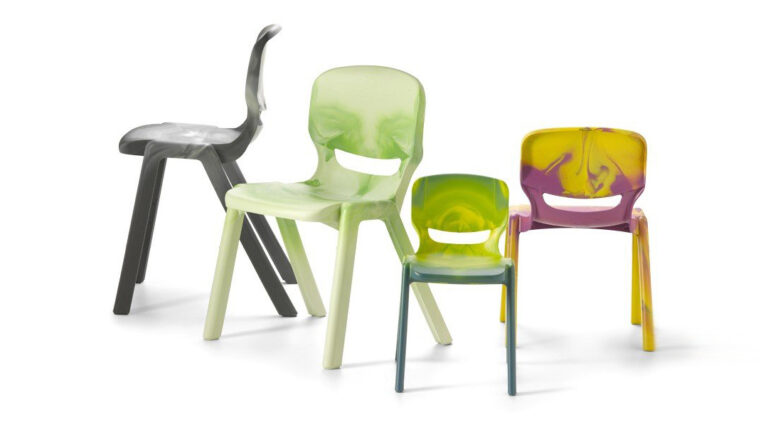Digital Lab
The world is in constant evolution due to the growing technological influence. To integrate technology in education, 2nd and 3rd cycle and secondary schools have implemented Digital Education Laboratories, whose objective is to adopt new technologies in the teaching and learning process, promoting innovation, interaction between students and the increase of their digital skills.
NAUTILUS proposes to transform old classrooms as well as create Maker spaces in line with the new curriculum, which emphasises the use of technology to support learning. The aim is to develop a digital culture and provide quality education based on educational technology.
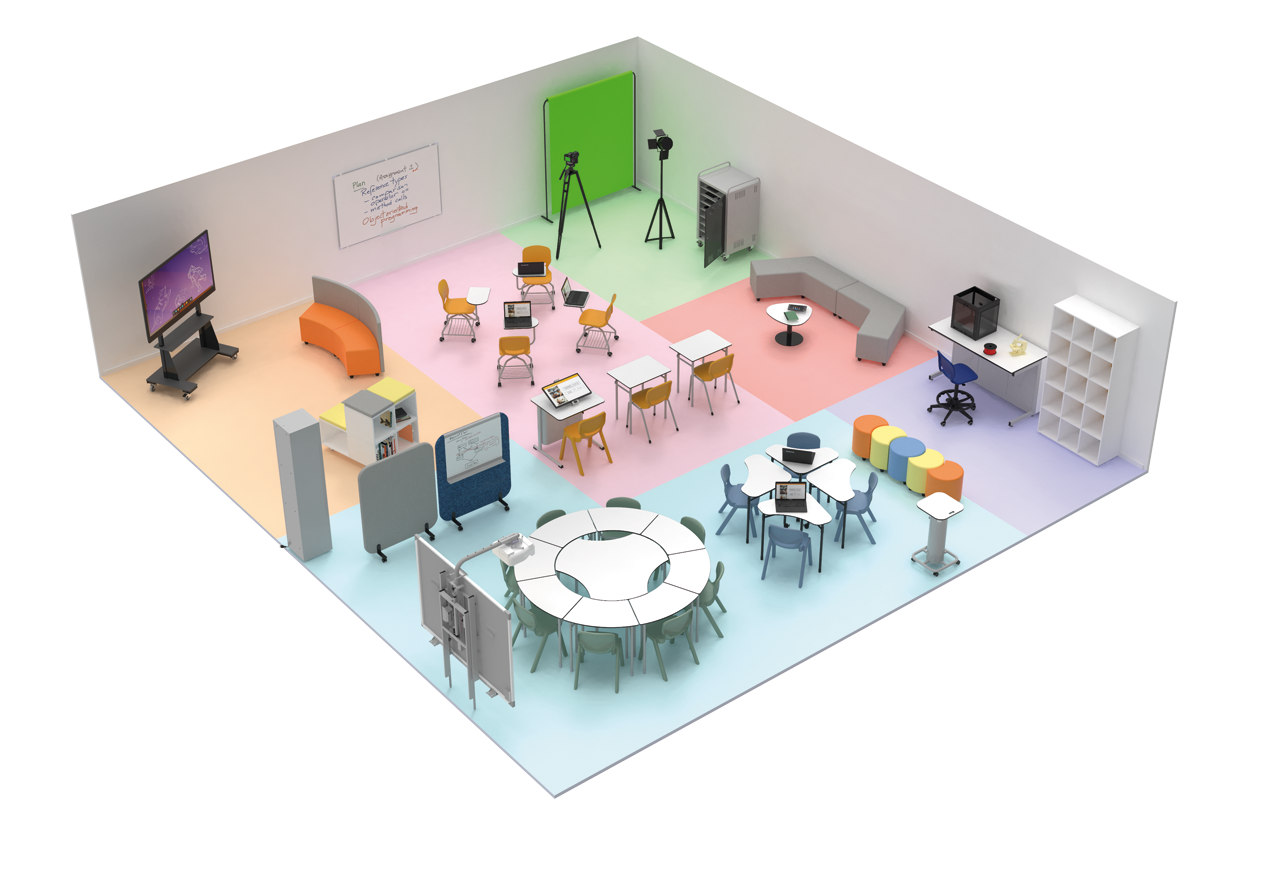
Create
Students must be empowered to create, learn and collaborate. In a space dedicated to creation, they can use their imagination to produce their own work, using tools such as digital cameras, microphones and video editing software. This allows them to learn interactively and develop their social skills through projects and teamwork.
Develop
The development zone promotes informal and autonomous learning. Students work at their own pace, surrounded by informal furniture and portable equipment. This relaxing, unstructured space allows them to learn informally, close to home, focusing on their personal interests. Supports individual expression and learning, facilitating personalized approaches to teaching.


Investigate
The research zone promotes active learning, research and critical thinking. Students work in groups or individually using versatile furniture. Available technologies, such as data recorders, robots and microscopes, support your research with valuable information in real time. This favors learning and analysis.
To Present
Class planning includes the presentation and dissemination of student work. A presentation zone with reconfigurable furniture encourages interactive presentations, active listening and peer assessments. Interactive screens and online tools help students think about how to reach different audiences, in person or online.


Share
Collaborating effectively is a key skill. This space helps teachers understand the quality of collaboration, based on ownership, shared responsibility and group decision-making processes, supported by technology for deeper communication and collaboration.
Interact
One of the challenges of traditional classrooms is to actively involve all students in the learning process. This can be achieved through the use of different technologies such as interactive whiteboards, student response systems, mobile devices and class management software.



